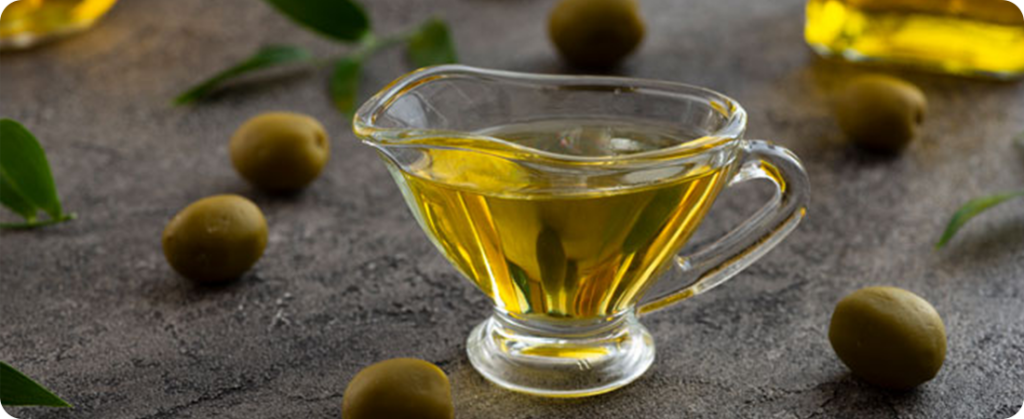
Olive oil production in Syria is forecast to fall by 50% in the 2023/24 harvest. In response, the government banned exports. The measure aims to curb price increases, as reported by Olive Oil Times.
Syrian Prime Minister Hussein Arnous announced a ban on olive oil exports. This measure came into force on September 1st, according to the September 14th report.
According to data from the International Olive Council (IOC), Syria produced 134,000 tonnes of olive oil in 2022/23 and an average of 131,000 tonnes/year over the past five years. IOC data shows that the country exported 15,000 tonnes in 2021/22 and 24,000 tonnes in 2022/23.
However, the Ministry of Agriculture confirmed that the 2023/24 harvest was only expected to produce 49,000 tonnes of olive oil, Olive Oil Times wrote.
Abeer Johar, director of the olive office at the Ministry of Agriculture, explained that the reduction in production results from several factors. This includes many producers entering a 'down year' in the olive tree's natural alternating production cycle. Furthermore, the impacts of climate change also contributed to this decline.
Climate tensions affect olive oil production in Syria and prices soar
In June, the United Nations Population Fund published a report. He pointed to drought and floods in northwestern Syria as major challenges. This area is crucial for the production of olive oil in the country. These problems are not linked to conflicts.
If the forecasts were accurate, Syrian olive oil production would hardly cover domestic consumption, which the IOC estimated at around 100,000 tons in the previous two seasons, the report said.
According to Johar of the Ministry of Agriculture, the ban on exports would limit further price increases for domestic consumers.
Olive oil retail prices in Syria vary significantly depending on the region. According to Selina Wamucii, a platform that connects farmers with consumers, olive oil retail prices in the country range from US $ 8.87 to US $ 24.75/kg (€8.26 to €23.05/kg).
The country's economy has faltered significantly due to internal conflicts and other macroeconomic factors, and these relatively high prices have put olive oil out of reach for many families, Olive Oil Times wrote.
According to official data cited in the report, olive production benefits 20% of the Syrian population and olive groves comprise 11.5% of the country's agricultural land, providing 28% of the country's total fruit production.
Source: Oils & Fats International











